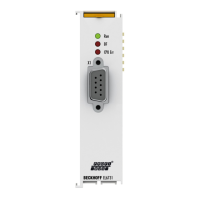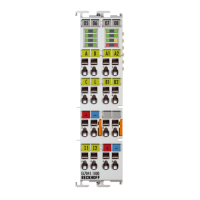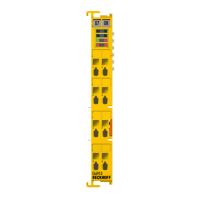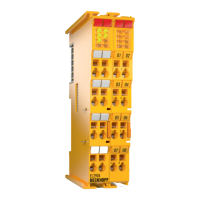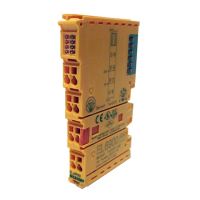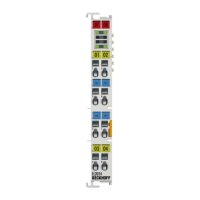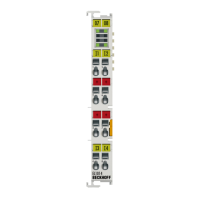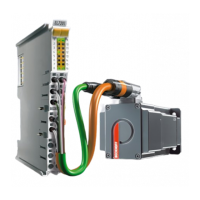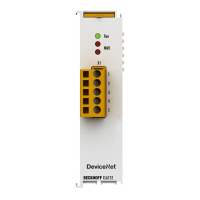Appendix
EL34xx 273Version: 1.5
8 Appendix
8.1 TcEventLogger and IO
The TwinCAT3EventLogger provides an interface for the exchange of messages between TwinCAT
components and non-TwinCAT components.
Fig.177: Schematic representation TCEventLogger
Refer to the explanations in the TwinCAT EventLogger documentation, e.g. in the Beckhoff InfoSys https://
infosys.beckhoff.com/ → TwinCAT 3 → TE1000 XAE → Technologies → EventLogger.
The EventLogger saves to a local database under ..\TwinCAT\3.1\Boot\LoggedEvents.db and, unlike the
VisualStudio Error Window, is designed for continuous recording.
IO devices can also be a source of messages. If so-called DiagMessages are generated in the IO device,
they can be collected by TwinCAT over EtherCAT and displayed in the TcEventLogger with the appropriate
device setting. This facilitates the central management of events that hinder operation, as a textual diagnosis
no longer needs to be programmed out in the application for each individual IO device. The messages/
events can be displayed directly in the TwinCAT HMI, for example, and thus facilitate the diagnosis.
Notes:
• This feature is supported from TwinCAT 3.1 build 4022.16.
• TwinCAT may be in the RUN or CONFIG mode
• On the manufacturer side, the IO device regarded must (1) generate local DiagMessages and (2) be
fundamentally capable of transmitting them as events over EtherCAT. This is not the case with all
EtherCAT IO devices/terminals/boxes from Beckhoff.
The messages managed by the EventLogger can be output in or read from
• the HMI → EventGrid
• C#
• the PLC
• TwinCAT Engineering → Logged Events
The use of the EventLogger with EtherCAT IO with TwinCAT 3.1 build 4022.22 during commissioning is
explained below.
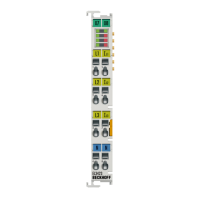
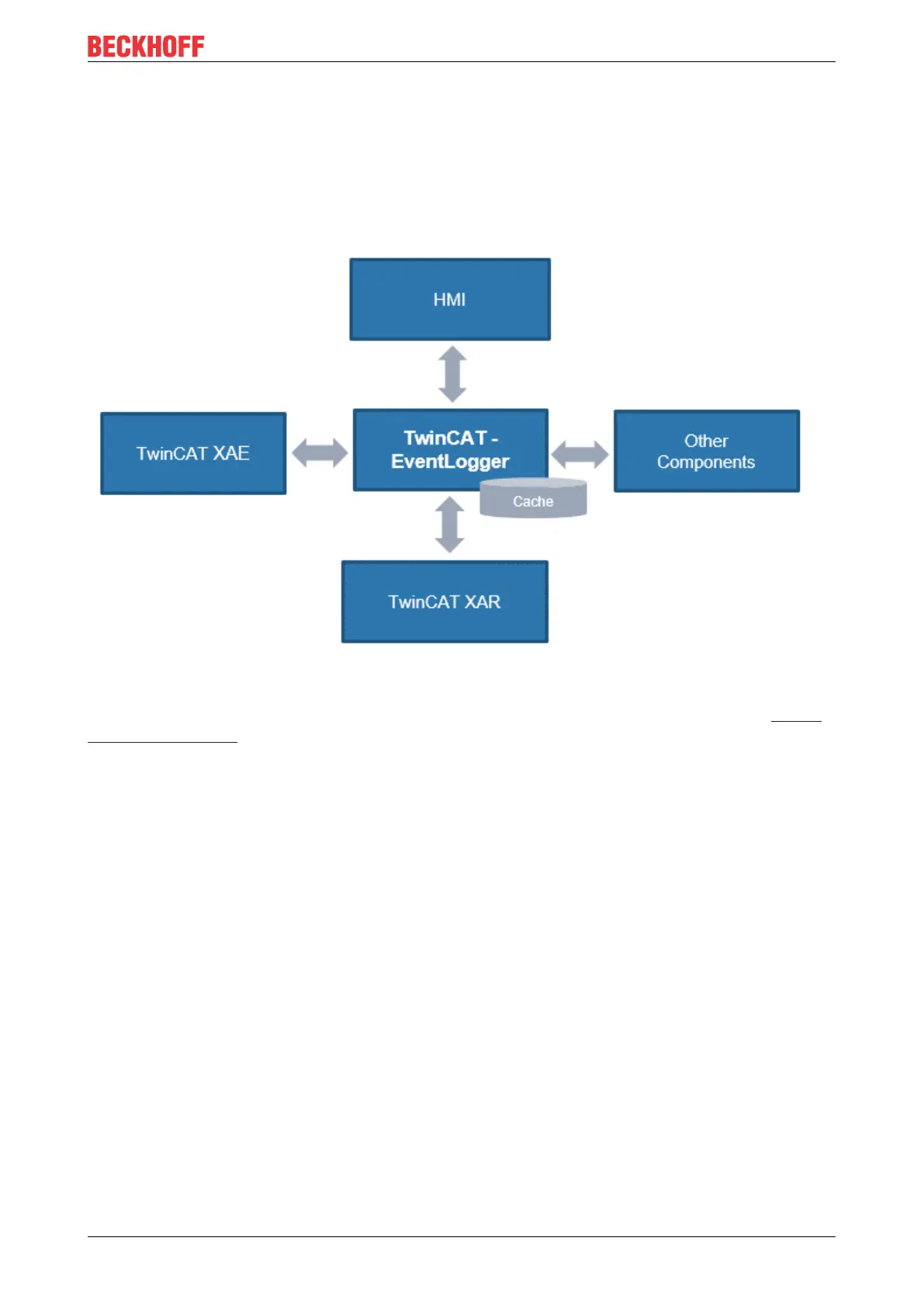